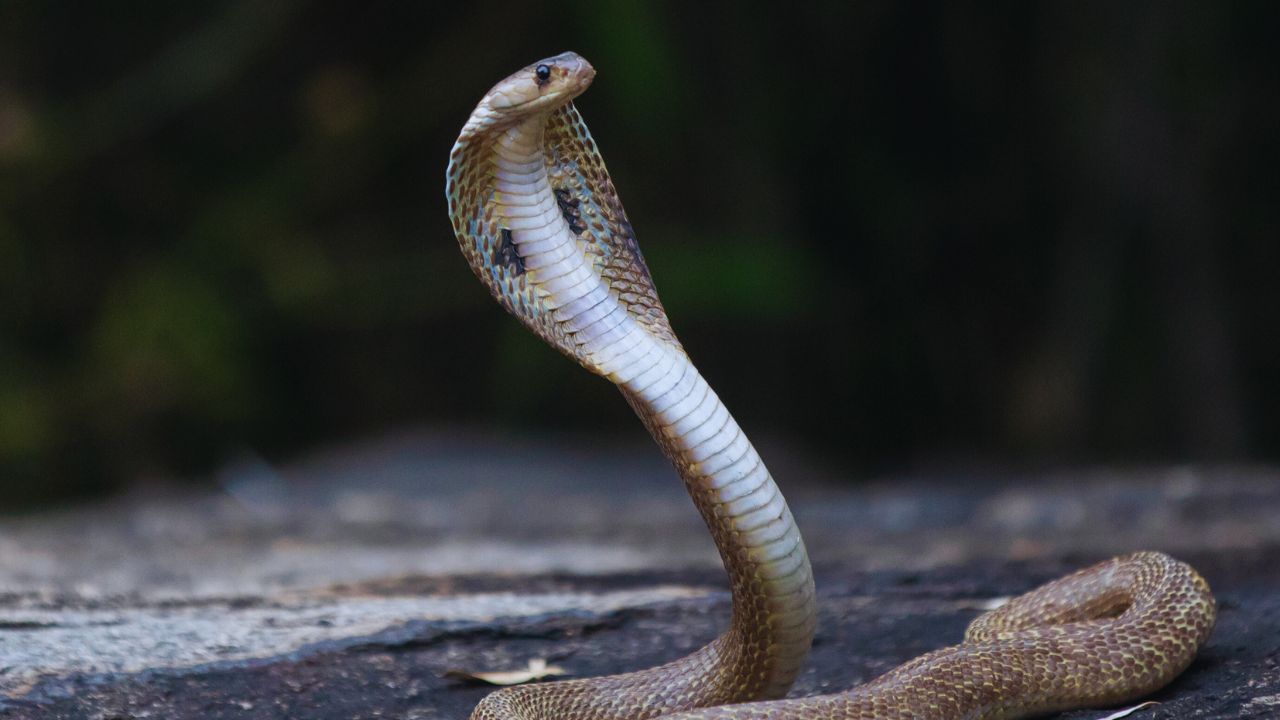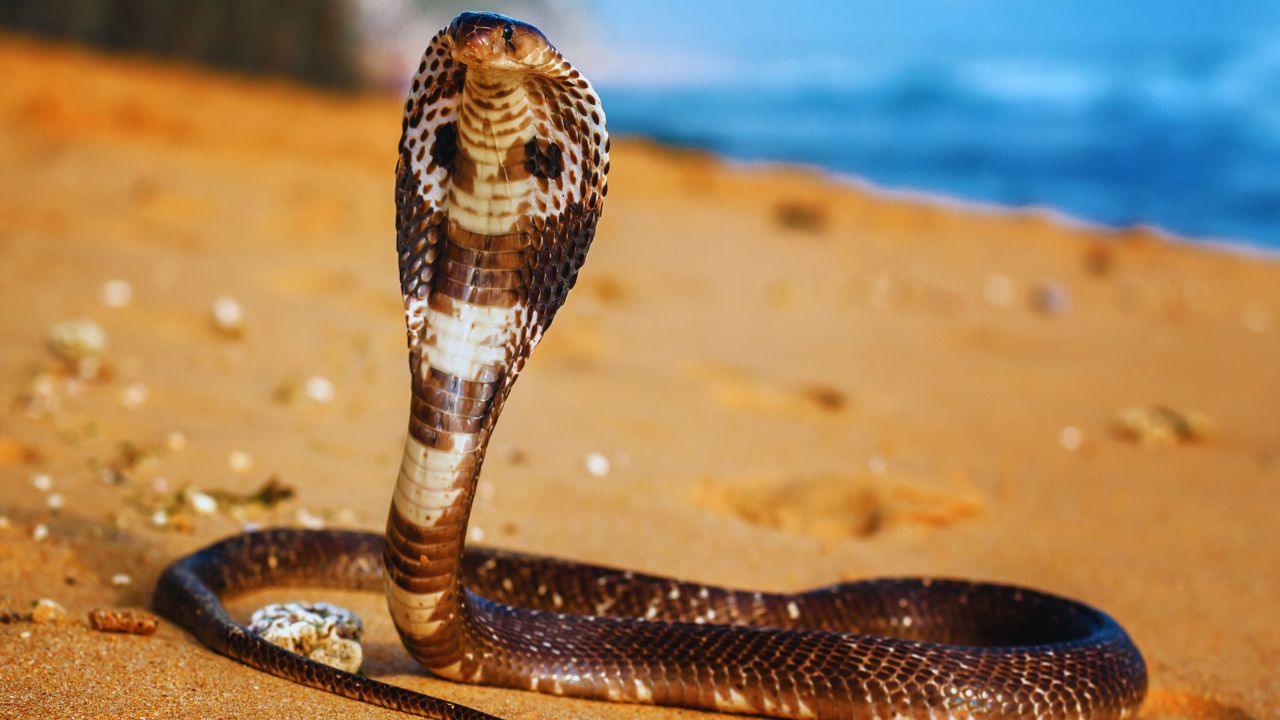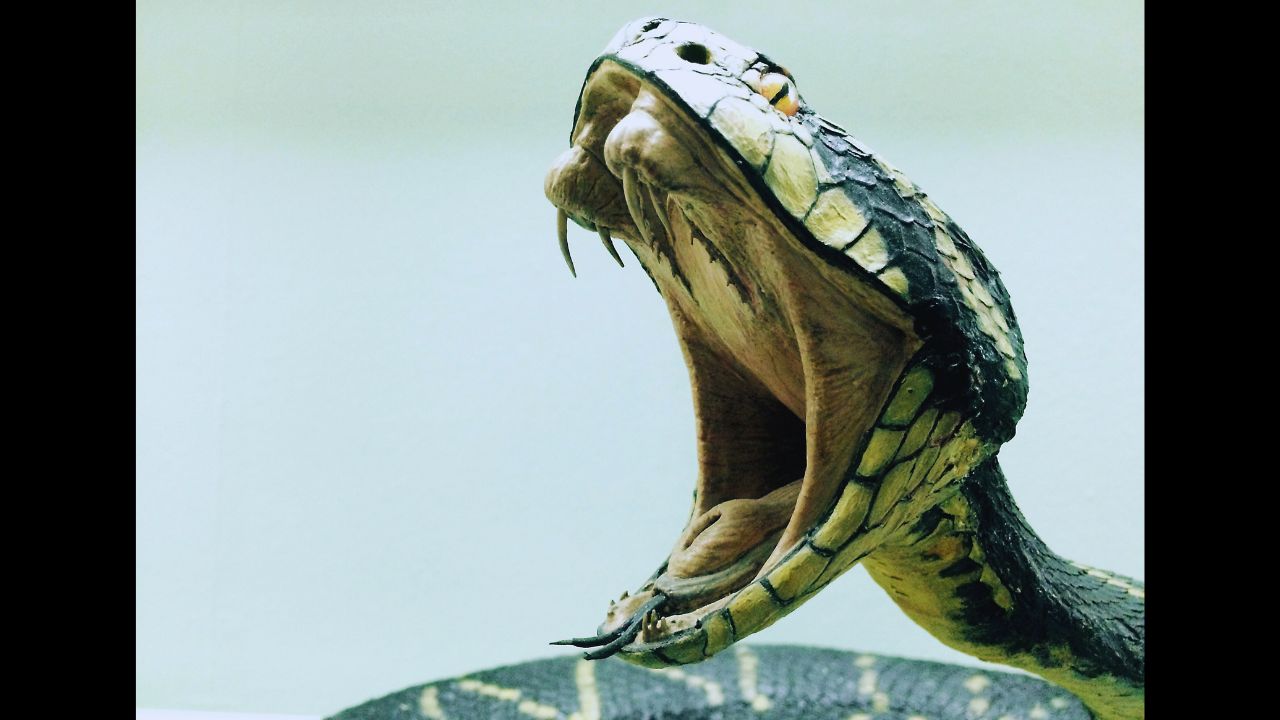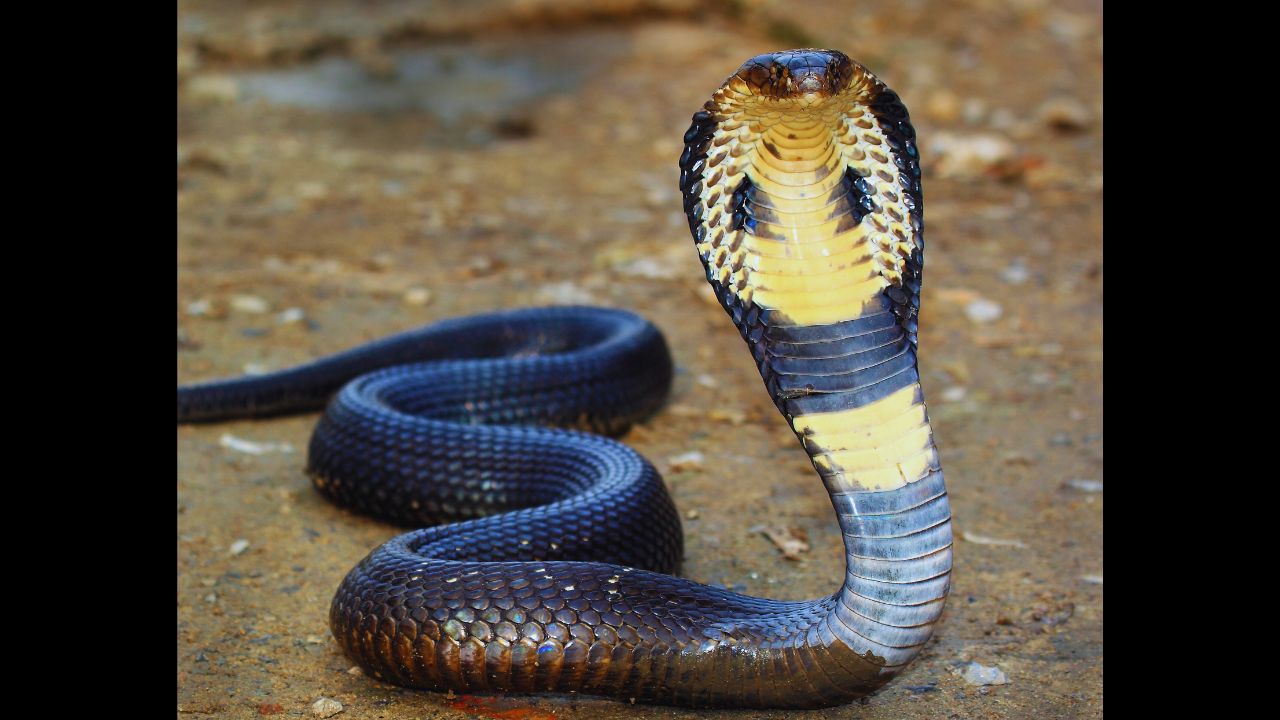Among the most identifiable and terrifying snakes on the planet are cobras Not just amazing but also rather deadly, these snakes are known for their distinctive hood they flare when threatened. With more than thirty species of cobras spread throughout Africa, Asia, and the Middle East, it’s crucial to know which one most endangers people. Examining their fatal traits, geographic distribution, and the reasoning for their classification as the five most dangerous cobra species, this article explores their five respective dangers.

General Overview of Deadly Cobras
| Cobra Species | Scientific Name | Geographical Distribution | Primary Habitat | Venom Type |
|---|---|---|---|---|
| Indian Cobra | Naja naja | India, Pakistan, Bangladesh, Sri Lanka, Nepal | Forests, urban areas | Neurotoxic |
| King Cobra | Ophiophagus hannah | India, Indonesia, Malaysia, Thailand, Philippines | Forests, jungles | Neurotoxic |
| Forest Cobra | Naja melanoleuca | Sub-Saharan Africa | Forests, savannas, coastal | Neurotoxic, cytotoxic |
| Philippine Cobra | Naja philippinensis | Philippines (Luzon, Mindoro, Catanduanes) | Lowland areas, human settlements | Neurotoxic |
| Egyptian Cobra | Naja haje | North Africa (Egypt, Libya, Sudan, Morocco) | Deserts, agricultural lands | Neurotoxic |
1. Indian Cobra (Naja naja)
One of the most loved and hated snakes in India, the Indian cobra—also called the spectacled cobra—because of their unique eye-like design on the rear of their hood. Significant numbers of snakebite events in the nation are caused by this species, many of which cause mortality.
Habitat and Distribution: From India, Pakistan, Bangladesh, Sri Lanka, and Nepal, the Indian cobra is extensively found across the Indian subcontinent. From metropolitan areas to deep woods, it thrives in a range of environments where it often interacts with people.
Venom: The Indian cobra’s mostly neurotoxic venom alters its victims’ neurological system. If untreated, it has strong toxins that can lead to respiratory failure, paralysis, and death. Although antivenom is readily available, one of the deadliest cobras is this one because of the high frequency of bites and the closeness of the snake to human civilisation.
Behaviour: Defensive behaviour is well-known of the Indian cobra. Threatened, it elevates its body and extends its hood to seem bigger and more frightening. This exhibition produces a strong opponent along with its eagerness to attack.

2. King Cobra (Ophiophagus hannah)
Not just the longest poisonous snake on Earth, the King cobra is also among the most lethal ones. Though its name suggests otherwise, the King cobra is really not a real cobra; rather, it is closely related and exhibits similar traits with the Naja species.
Habitat and Distribution: Found in woods and jungles all across Southeast Asia—including India, Indonesia, Malaysia, Thailand, and the Philippines—the King cobra It seeks for thick, wet surroundings where it may conceal and hunt readily.
Venom: King cobra venom is very neurotoxic and may kill an adult person in a few hours. The King cobra is unique among poisonous snakes in terms of pure venom load—up to 7 millilitres, enough to kill 20 humans or even an elephant in one bite.
Behaviour: The King cobra is distinguished from other cobras in intellect and cautious behaviour. Though it is less inclined to attack until provoked, when it does, it attacks with amazing speed and accuracy. Furthermore, distinctive among other snake species is the King cobra’s building of nests for its eggs.

3. Forest Cobra (Naja melanoleuca)
Among all the real cobras, the Forest cobra is among the biggest and most ferocious ones. Beautiful but lethal, this species is distinguished by its stunning black and white banded look.
Habitat and Distribution: Native to sub-Saharan Africa, the forest cobra finds habitat in a range of coastal regions, savannas, and woods. It is very flexible and will flourish in both urban and natural environments.
Venom: The strong combination of neurotoxic and cytotoxic toxins that make up the venom of the forest cobra may inflict paralysis, extreme pain, and destruction of tissue. A Forest cobra bite could be lethal without quick medical attention.
Behaviour: Particularly when cornered, the Forest cobra is aggressive and very territorial. Excellent swimmer and climber, it enables hunting on land as well as in water. This flexibility and aggressive character make this cobra species more deadly.

Behavioural Characteristics and Venom Potency
| Cobra Species | Behavioural Traits | Venom Potency | Unique Features |
|---|---|---|---|
| Indian Cobra | Defensive, raises hood, ready to strike | Causes respiratory failure, paralysis | Eye-like pattern on the hood |
| King Cobra | Intelligent, cautious, strikes with precision | Delivers up to 7 ml of venom, enough to kill 20 people | longest venomous snake builds nests for eggs |
| Forest Cobra | Aggressive, territorial, excellent climber and swimmer | Neurotoxins and cytotoxins cause severe tissue damage | Highly adaptable, thrives in various environments |
| Philippine Cobra | Shy, avoids confrontation, can spit venom accurately | Can kill within 30 minutes if untreated | Spits venom up to 3 metres, especially targets the eyes |
| Egyptian Cobra | Docile but dangerous when threatened, hisses loudly | Causes respiratory failure, historically associated with Cleopatra | Known as the “Asp,” significant in ancient Egyptian culture |
4. Philippine Cobra (Naja philippinensis)
Often considered as among the most poisonous cobras worldwide, the Philippine cobra Though little, it can deliver a lethal bite that kills in a few minutes.
Habitat and Distribution: Mostly in the islands of Luzon, Mindoro, and Catanduanes, the Philippine cobra, as named implies, is found in the Philippines. It likes lowland environments including human communities, marshes, and fields.
Venom: The Philippine cobra’s very neurotoxic venom causes respiratory paralysis and death in 30 minutes if not treated. This species is very hazardous because it can precisely spit poison aiming at the eyes of its assailant at a distance of up to three metres.
Behaviour: Generally timid, the Philippine cobra will avoid conflict anywhere it can. Threatened, however, it may produce many bites in rapid succession or spew poison with amazing precision. Among the most deadly cobras in Asia, its fatal venom and close proximity to human settlement define it.

5. Egyptian Cobra (Naja haje)
Long and legendary in ancient Egyptian society, the Egyptian cobra—also known as the Asp—was often connected with power and authority. Still, this snake is not just a cultural emblem; it is among the most lethal cobras found in Africa.
Habitat and Distribution: Egypt, Libya, Sudan, and Morocco all surround the Egyptian cobra in North Africa. From deserts to agricultural fields, it lives in a range of habitats where it often comes into contact with people.
Venom: Egyptian cobra venom is a strong neurotoxin that may kill, paralyse, and cause breathing difficulty. Cleopatra’s lethal reputation is strengthened historically by her allegedly suicide with this snake.
Behaviour: Though it is still rather deadly, the Egyptian cobra is more docile when compared to other cobra species. Threatened, it will hiss loudly and spread its hood as a warning before hitting. In its natural habitats, its venom and broad dispersion make it a major hazard.
Venom Impact and Risk to Humans
| Cobra Species | Venom Impact on Humans | Risk Factors | Human Encounters |
|---|---|---|---|
| Indian Cobra | Respiratory failure, paralysis, death | High frequency of bites, proximity to human habitation | Common in rural and urban areas |
| King Cobra | Rapid paralysis, death within hours | Large quantity of venom, often fatal | Rare but deadly encounters in Southeast Asia |
| Forest Cobra | Severe pain, tissue damage, paralysis, death | Aggressive nature, highly territorial | Encounters common in both wild and urban settings |
| Philippine Cobra | Respiratory paralysis, death within 30 minutes | Highly venomous, spits venom accurately | Common in agricultural areas, frequent bites |
| Egyptian Cobra | Respiratory failure, paralysis, death | Docile but deadly, widespread distribution | Common in North African regions |
Though they are amazing animals, cobras are among the most deadly snakes found worldwide. Particularly well-known for their deadly venom and aggressive behaviour are the five species underlined in this article: the Indian cobra, King cobra, Forest cobra, Philippine cobra, and Egyptian cobra. Although these snakes are very important for their habitats, they should be handled with the highest care and attention. Preventing maybe deadly interactions starts with knowing the risks they provide.

Whether you live somewhere where these amazing reptiles are located or just find them fascinating, it’s important to know their powers and the dangers they carry. By means of appropriate information and care, the likelihood of a harmful interaction with these lethal cobras may be reduced, therefore enabling the coexistence of people and snakes in greater peace.






